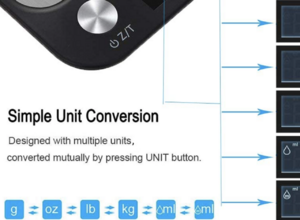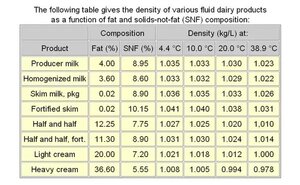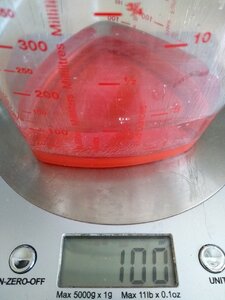- Joined
- Apr 30, 2005
- Messages
- 34,609
Help me out here.
I don't get this.
It's blowing my pea-brain to smithereens.
Scales measures weight, not volume.
Various fluids have different volume/weight.
So, how can any scale measure mL, which is volume, not weight?
I don't get this.
It's blowing my pea-brain to smithereens.
Scales measures weight, not volume.
Various fluids have different volume/weight.
So, how can any scale measure mL, which is volume, not weight?
Amazon.com: Digital Kitchen/Food Scale Grams and Ounces - Ultra Slim/Multifunction/Tare Function Kitchen Weight Scales for Cooking & Baking - 22lb/10kg Capacity, 0.04oz/1g(Batteries Included): Kitchen & Dining
Online Shopping for Kitchen Utensils & Gadgets from a great selection at everyday low prices. Free 2-day Shipping with Amazon Prime.
www.amazon.com













300x240.png)